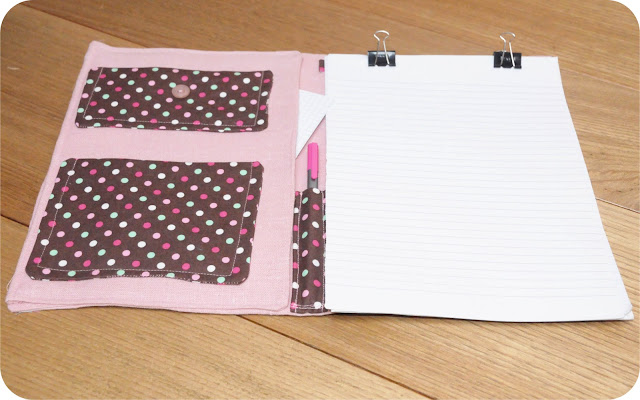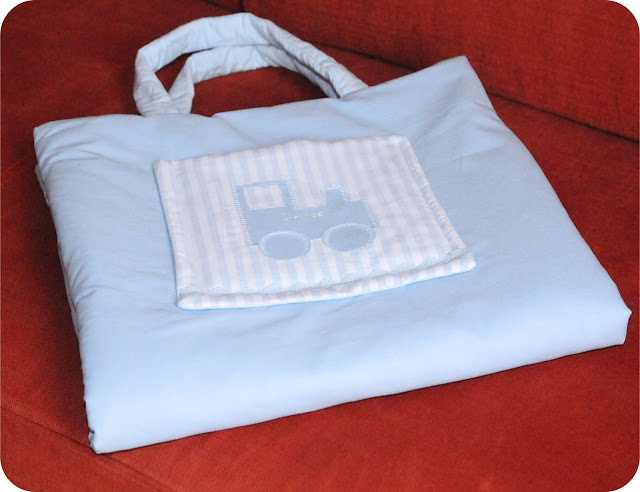 oggi iniziamo a fare sul serio! siete pronte?!
oggi iniziamo a fare sul serio! siete pronte?! prima di tutto… prendete la vostra stoffa (dovreste avere due tipi di tessuto, ricordate ?)
e… wash! yes, before you start any work sewing the fabric should be washed to ensure that after so much effort, the first wash, the tissue to shrink in the washing machine making a very unpleasant surprise to find! : - /
know that you were already on overload and had a needle and thread in hand, but this step is really crucial, so ... have a little 'patience! I usually have a lot of stuff if I do a fast lap in the washing machine without detergent, but if the fabric is not much to work with the laundry, always do a test first to make sure that does not lose color. I do not answer any color pants pesca, ok?!
il discorso ovviamente non vale per la stoffa di recupero (per esempio un vecchio paio di jeans) che sarà già stata lavata e rilavata in precedenza.
mentre la stoffa asciuga, per ingannare l’attesa, possiamo cominciare a creare il cartamodello delle nostre tessere. vi serviranno forbici (per la carta! mi raccomando riservate quelle “da sarta” esclusivamente alla stoffa), righello, matita e carta o cartoncino di recupero.
io personalmente preferisco fare il modello su cartoncino (tipo scatola della pasta, per intenderci) ma la scelta è libera…
disegnate sul cartoncino questa forma e ritagliatela, have a sort of little frame:

well after ironing the fabrics shown on both the shape of the cards, the memory of this post has 15 pairs of cards, but you can choose the appropriate number of cards, even based on the age of the recipient! (Remember: if you decide that your memory will have 10 pairs of cards you draw on all types of fabric 20). the outer edge (12cm) will be the edge you're going to cut, the inner edge (9cm) will be the guide on which we are going to sew.
hours only cut along the outer edge, in order to obtain the square of side 12cm , with a square drawn in the center, as questi: 
che pensavate che io stavo qui con le mani in mano?, eh no… lavoro anche io! ;-)
ci risentiamo tra qualche giorno con una nuova puntata! nel frattempo fatemi sapere se è tutto chiaro, ok?
buona creatività!
linda
p.s. trovate tutte le precedenti puntate cliccando nella barra in alto sull’etichetta cucIMPARA!













































